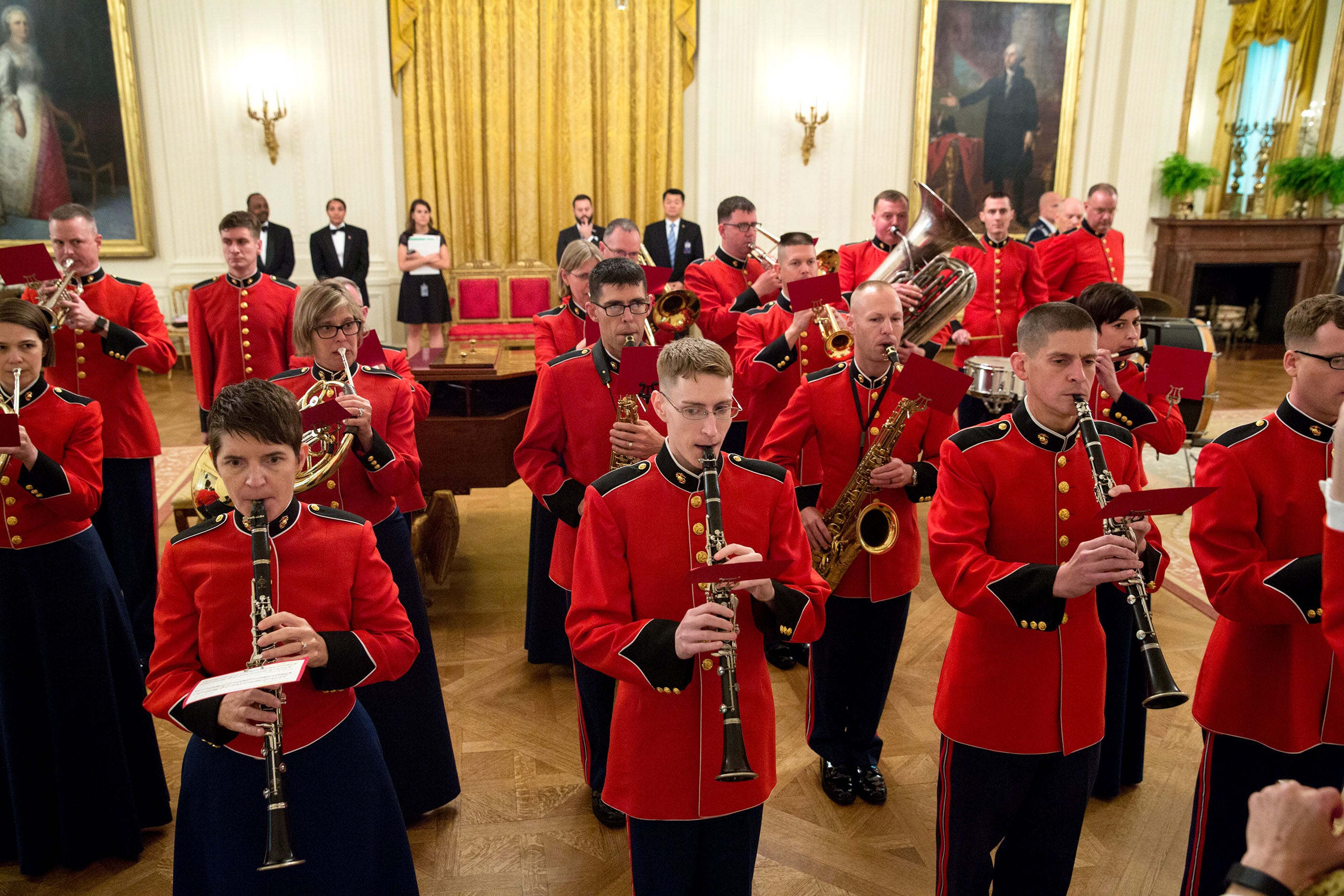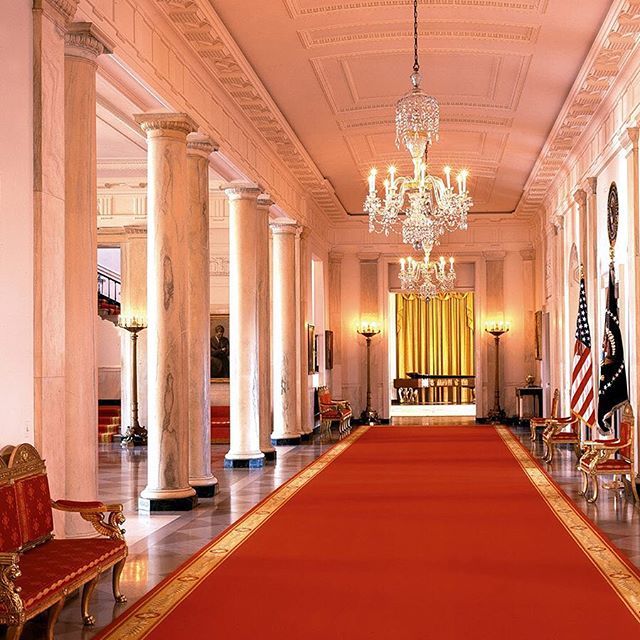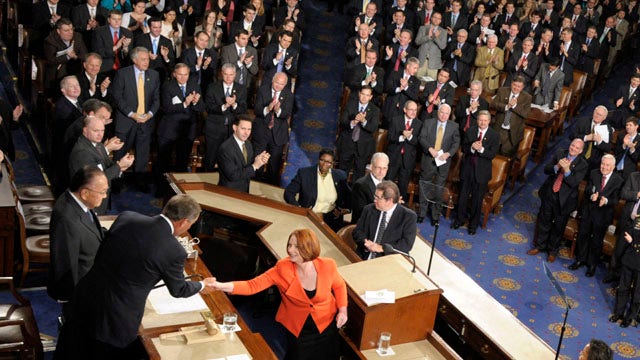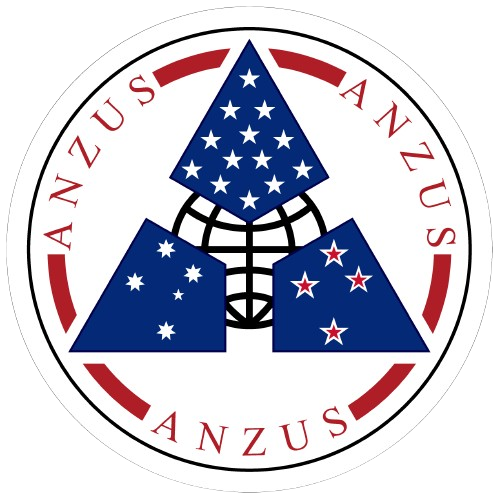- Jul 12, 2018
- 10,533
Private
The United States Chief of Protocol, Mary Applegale, was in constant and regular communication with the Prime Minister Julia Gillard's office as the date of the Prime Minister's official visit to the United States approached. In Washington D.C., significant security arrangements were made to ensure that Prime Minister and the President would not have any concerns while she was in town. The Secret Service, the Diplomatic Security Service, and the FBI were all coordinating with a special task force to coordinate the movements of the Prime Minister and her entourage while they were in the United States. Special considerations were put in place for the currently planned schedule that had been submitted by the Chief of Protocol.
The Australian Department of Defense was securely sent a plane route through American airspace to Andrews Air Force Base in Maryland where her aircraft could land and be received. If it was needed, the Prime Minister's aircraft could refuel at Anderson Air Force Base in Guam, at Hickam Air Force Base in Hawaii, at Edwards Air Force Base in California, and Little Rock Air Force Base in Arkansas. All of the flight routes would, in particular, avoid restricted areas in Nevada including Groom Lake. Waiting at Andrews was the Chief of Protocol herself along with several other leaders and officials who were eager to meet the Australian Prime Minister.
The Australian Department of Defense was securely sent a plane route through American airspace to Andrews Air Force Base in Maryland where her aircraft could land and be received. If it was needed, the Prime Minister's aircraft could refuel at Anderson Air Force Base in Guam, at Hickam Air Force Base in Hawaii, at Edwards Air Force Base in California, and Little Rock Air Force Base in Arkansas. All of the flight routes would, in particular, avoid restricted areas in Nevada including Groom Lake. Waiting at Andrews was the Chief of Protocol herself along with several other leaders and officials who were eager to meet the Australian Prime Minister.
Owen

















